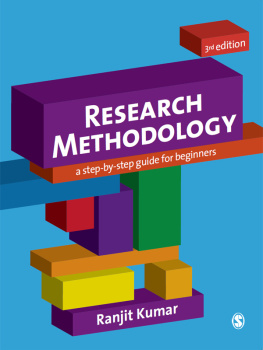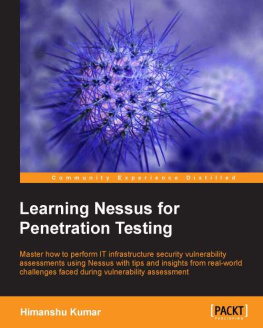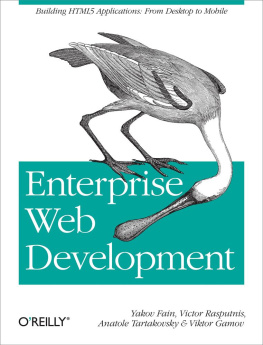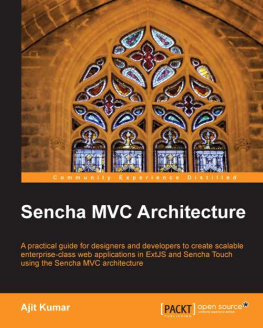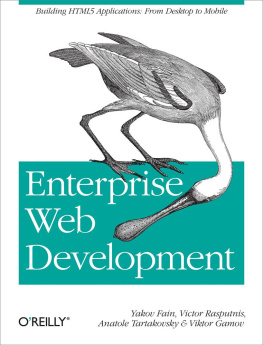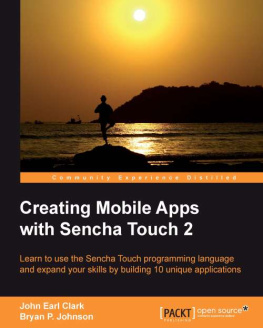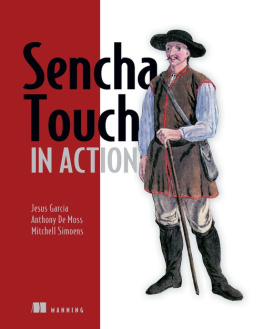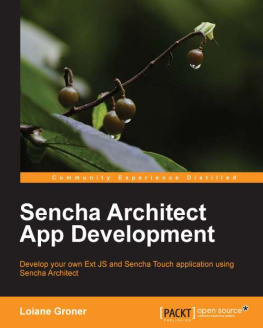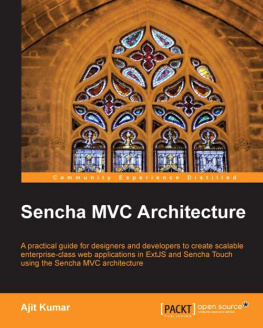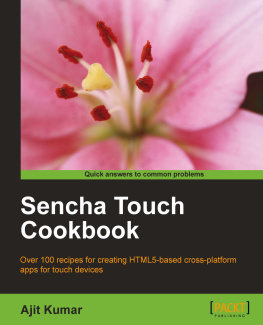We offer to read an annotation, description, summary or preface (depends on what the author of the book "Sencha Touch Cookbook" wrote himself). If you haven't found the necessary information about the book — write in the comments, we will try to find it.
This cookbook-style tutorial will make it easy to create multi-platform applications for touch-based mobile devices. By learning Sencha Touch youll be skilling-up in one of the most popular HTML5 and JavaScript frameworks around. Learn every aspect of creating, building, packaging, and running a Sencha Touch application Integrate your applications with different data sources and present them differently using list, data view, charts, and so on Package your application with or without Cordova/PhoneGap and run them on a desktop, emulator, and a real mobile device In Detail Sencha Touch is one of the most popular HTML5 and JavaScript frameworks for building touch-based mobile devices. Using Sencha Touch, you can create applications for touch mobile devices with ease, and once created, the same application works on multiple platforms - iOS, Android, Blackberry - without having to change anything. Sencha Touch Cookbook, Second Edition is a practical, hands-on guide with easy to follow recipes that provide you with clear, step-by-step instructions, which will help you take complete advantage of the power of Sencha Touch 2 and will help you to build amazing applications for the mobile world. Sencha Touch Cookbook, Second Edition starts by showing you how to set up your project for development, then walks through building, packaging, and running it in a browser, emulator, or a real device. With the groundwork set, the subsequent recipes of the book take you through the different UI components offered by the framework and explains how to use them, when to use them, and, if needed, how to extend them for your own application need. You will also learn how to model your client side data, load data from different data sources, and use them on the data-centric UI components. The later parts of the book cover the practical day-to-day problems like how to create a custom view, how to take your application offline and support automatic sync, how to utilize the Geolocation to learn more about the user, how to utilize device features such as camera, contact, orientation, and how to link your application behaviour with the device buttons such as Back, Search, and so on. At the end, the book shows you how to create native packages without using PhoneGap/Cordova using Sencha Cmd. Using this book, you will learn everything about using Sencha Touch classes and components to build mobile applications that can run across multiple platforms.




